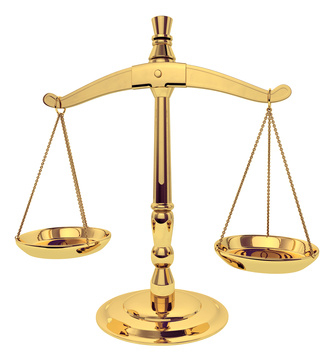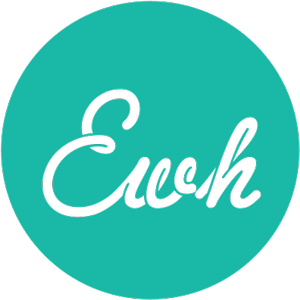
Subsidy Presses – Pros & Cons
 A subsidy publisher takes payment from an author to print and bind a book, but also contributes a portion of the cost and/or provides adjunct services. Some subsidy publishers may be selective and/or screen submissions before committing to publish. Subsidy publishers generally claim at least some rights, though these may be non-exclusive. Completed books and ISBN’s are the property of the subsidy publisher, and remain in the publisher’s possession until sold. Like commercial publishing, authors receive a royalty. Subsidy presses often turn out to be overpriced vanity publishers using artful language to make their services sound more like ‘legit’ publishing.
A subsidy publisher takes payment from an author to print and bind a book, but also contributes a portion of the cost and/or provides adjunct services. Some subsidy publishers may be selective and/or screen submissions before committing to publish. Subsidy publishers generally claim at least some rights, though these may be non-exclusive. Completed books and ISBN’s are the property of the subsidy publisher, and remain in the publisher’s possession until sold. Like commercial publishing, authors receive a royalty. Subsidy presses often turn out to be overpriced vanity publishers using artful language to make their services sound more like ‘legit’ publishing.
Pros:
- May contribute a portion of the cost
- May provide adjunct services such as editing, distribution, warehousing, and some degree of marketing
- May be a way to get a book to print faster than through traditional routes.
- Offer more freedom/independence for author than conventional publishers
- May offer web-based sales, or make a book available via online booksellers
Cons:
- Take payment from author to print and bind a book
- Adjunct services are often minimal
- Books are owned by publisher and remain in publisher’s possession, with authors receiving royalties for any copies sold
- Most subsidy publishers keep a portion of the rights
- Authors have little control over production aspects
- Often only distribute to online retailers
- Stigma within industry against vanity and subsidy presses – can result in books not being carried by certain stores or libraries
